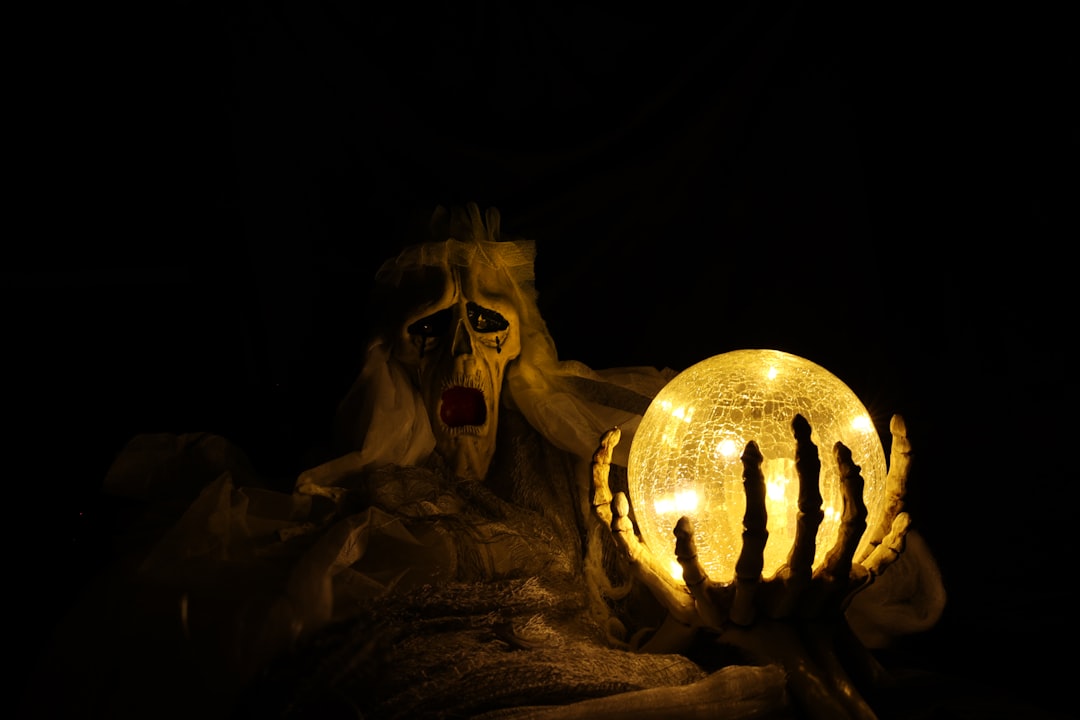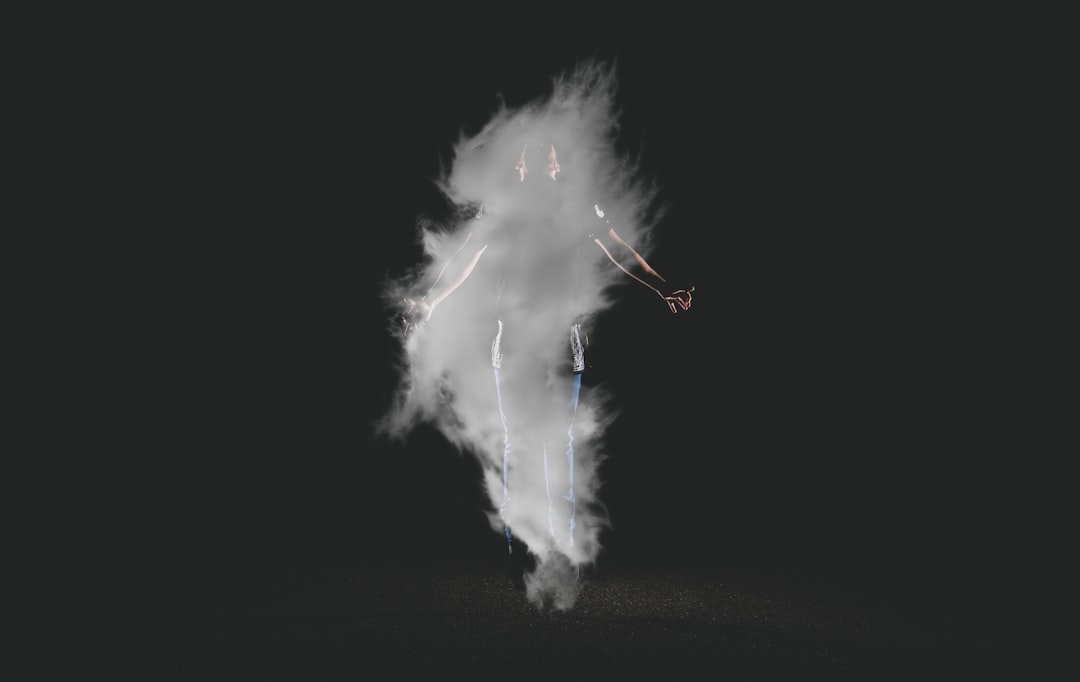Ghost vs. Spirit
What's the Difference?
Ghost and spirit are two terms often used interchangeably to refer to supernatural entities. However, there are subtle differences between the two. A ghost is commonly believed to be the spirit or soul of a deceased person that has not yet moved on to the afterlife. Ghosts are often associated with haunting specific locations or individuals and are believed to be able to interact with the physical world. On the other hand, a spirit is a broader term that encompasses a wide range of supernatural beings, including angels, demons, and other non-human entities. Spirits are often seen as ethereal beings that exist in a different realm or dimension and may have various powers or abilities. While both ghost and spirit are associated with the supernatural, the term ghost is more commonly used to describe the lingering presence of a deceased person, whereas spirit has a broader connotation.
Comparison

| Attribute | Ghost | Spirit |
|---|---|---|
| Definition | A supernatural entity often associated with the deceased. | A non-physical being or essence, often associated with the soul or afterlife. |
| Form | Typically depicted as a visible apparition or shadowy figure. | Does not have a specific form and can be perceived in various ways. |
| Origin | Believed to be the soul or spirit of a deceased person. | Can be associated with various religious or cultural beliefs. |
| Beliefs | Often associated with haunting or unfinished business on Earth. | Can be seen as a divine or ethereal being, representing purity or guidance. |
| Interactions | May interact with the physical world, causing disturbances or communicating with the living. | May provide guidance, protection, or communicate with the living through mediums or dreams. |
| Perception | Generally seen as malevolent or frightening entities. | Perceived as benevolent, neutral, or malevolent depending on cultural beliefs. |
| Depictions | Commonly portrayed in horror movies, folklore, and literature. | Depicted in religious texts, mythology, and spiritual artwork. |

Further Detail
Introduction
Ghosts and spirits are often associated with the supernatural and the afterlife. While they share some similarities, they also have distinct attributes that set them apart. In this article, we will explore the characteristics of both ghosts and spirits, delving into their origins, appearances, behaviors, and cultural beliefs surrounding them.
Origins
Ghosts are commonly believed to be the souls or spirits of deceased individuals who have not yet moved on to the afterlife. They are often associated with unfinished business or unresolved emotions. On the other hand, spirits are considered to be a broader term encompassing various supernatural entities, including ghosts. Spirits can also refer to non-human entities, such as nature spirits or guardian spirits. The origins of both ghosts and spirits can be traced back to ancient folklore and religious beliefs.
Appearances
When it comes to appearances, ghosts are often depicted as translucent or semi-transparent figures. They are commonly portrayed wearing clothing from the era in which they lived or died. Ghosts are often associated with a pale or ethereal glow, and some accounts describe them as having a mist-like or wispy form. On the other hand, spirits can take on a wide range of appearances. They can manifest as orbs of light, shadowy figures, or even animal-like entities. Some spirits are believed to be shape-shifters, capable of assuming different forms depending on their intentions or the cultural context.
Behaviors
Ghosts are often associated with haunting specific locations or objects. They may exhibit repetitive behaviors, such as footsteps, whispers, or moving objects. Ghosts are commonly believed to be bound to the earthly realm due to unfinished business or a strong emotional attachment. They may seek to communicate with the living or convey a message. On the other hand, spirits are not necessarily tied to a specific location or object. They are believed to be more transient and can move freely between realms. Spirits may interact with the living through dreams, visions, or other forms of spiritual communication.
Cultural Beliefs
The beliefs surrounding ghosts and spirits vary across different cultures and religions. In many Western cultures, ghosts are often associated with fear and the supernatural. They are commonly depicted as malevolent entities that can cause harm or bring bad luck. However, in some Eastern cultures, ghosts are seen as ancestors or protective spirits. Ancestor worship and rituals to honor the deceased are prevalent in these cultures. On the other hand, spirits are often regarded as benevolent beings in many indigenous belief systems. They are seen as guides, protectors, or intermediaries between the human and spiritual realms.
Interactions with the Living
Ghosts are often believed to interact with the living in various ways. Some people claim to have seen or heard ghosts, while others report experiencing cold spots or unexplained phenomena in haunted locations. Ghost hunters and paranormal investigators use specialized equipment to capture evidence of ghostly activity, such as EVP (Electronic Voice Phenomena) or thermal imaging. On the other hand, interactions with spirits are often more subtle and personal. Many individuals claim to have felt the presence of a spirit, received guidance or messages, or experienced a sense of peace and comfort in the presence of a spirit.
Popular Culture
Ghosts and spirits have long been a popular subject in literature, films, and other forms of media. Ghost stories have been told for centuries, captivating audiences with tales of haunted houses, restless spirits, and supernatural encounters. Some famous literary works featuring ghosts include Shakespeare's "Hamlet" and Charles Dickens' "A Christmas Carol." Spirits, on the other hand, have been portrayed in various forms, from friendly ghosts like Casper to vengeful spirits like the Japanese "Yurei." They often serve as plot devices to explore themes of mortality, redemption, and the afterlife.
Conclusion
In conclusion, while ghosts and spirits share some similarities, they also have distinct attributes that differentiate them. Ghosts are often associated with deceased individuals who have not moved on, while spirits encompass a broader range of supernatural entities. Ghosts are commonly depicted as translucent figures with unfinished business, while spirits can take on various forms and are not necessarily tied to specific locations. Cultural beliefs and interactions with the living also differ between ghosts and spirits. Whether you believe in their existence or not, ghosts and spirits continue to captivate our imaginations and play a significant role in various cultural and religious beliefs around the world.
Comparisons may contain inaccurate information about people, places, or facts. Please report any issues.